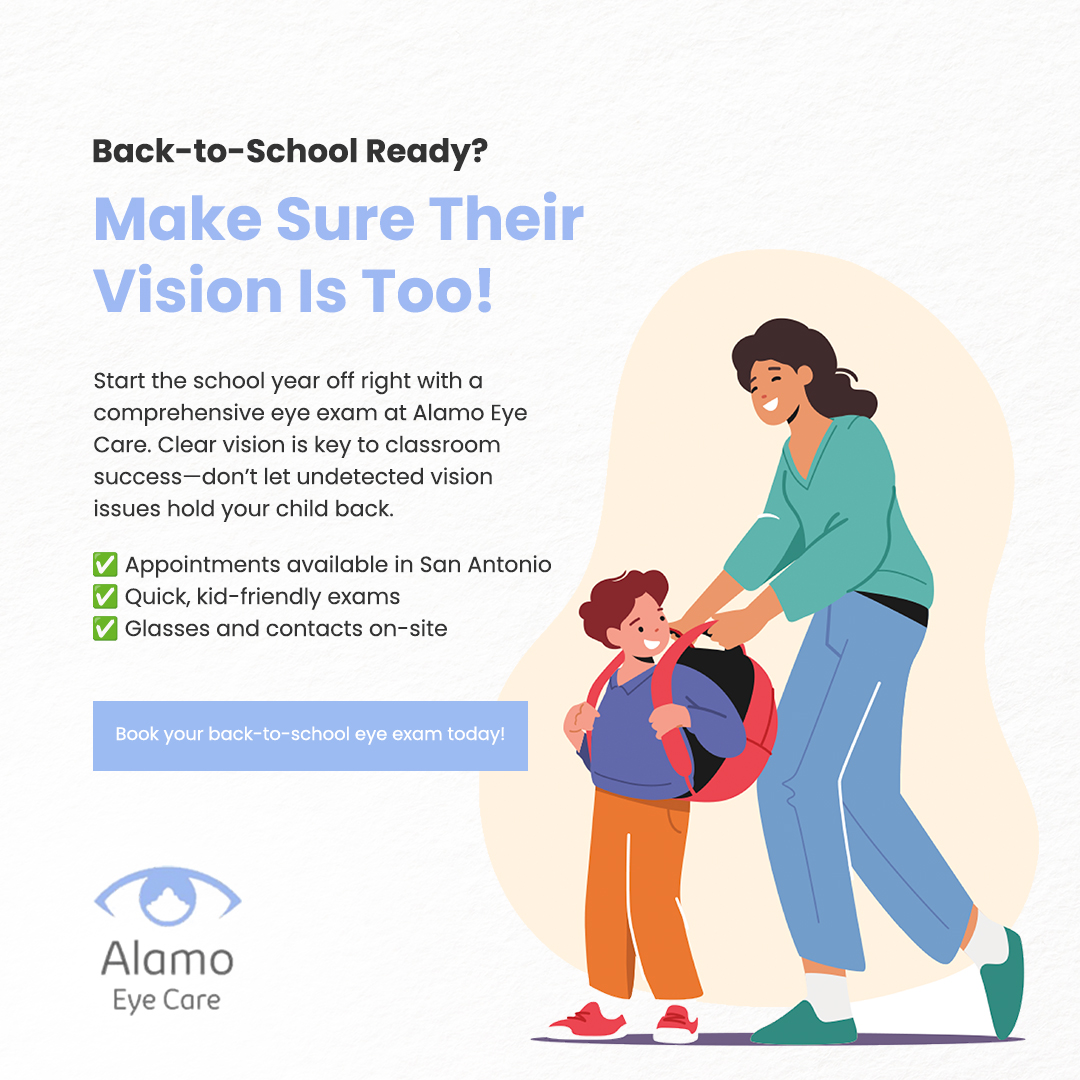
Understanding age-related macular degeneration and recognizing its early signs are the first steps towards managing this condition. It's a leading cause of blindness in seniors, and early detection plays a key role in maintaining vision and eye health.
What is Age-Related Macular Degeneration and How Does It Develop?
Age-related macular degeneration (AMD) is a degenerative eye condition that affects the macula, the part of your retina responsible for central vision. This region allows you to see fine detail, recognize faces, and perform tasks like reading or driving. When the macula deteriorates, you begin to lose your central vision while peripheral vision typically remains unaffected.
AMD develops slowly and usually starts in one eye. There are two types: Dry AMD and Wet AMD. Dry AMD is more common and is characterized by the thinning of the macula, while Wet AMD is less common but more severe and involves the growth of abnormal blood vessels underneath the retina. Both types contribute to a gradual loss of central vision.
The exact causes of AMD are still not fully understood, but it's believed that age, genetic factors, smoking, high blood pressure, obesity, and a diet low in fruits and vegetables can all contribute to the risk of developing this condition.
Early Signs of Age-Related Macular Degeneration
The symptoms of AMD are often subtle and may go unnoticed until the condition progresses. However, there are a few signs to look out for.
The most common early sign of AMD is a change in your central vision. You might notice that straight lines appear wavy or distorted, or you may have a blurry or dark area in the center of your vision. Difficulty seeing in low light and a decrease in the brightness of colors are also common symptoms.
Regular eye examinations play a crucial role in detecting the early signs of AMD. During an eye exam, your optometrist will use a variety of tests to check for signs of AMD, including a visual acuity test, a dilated eye exam, and an Amsler grid test.
Eye exams not only detect AMD but can also identify other eye conditions that might be causing your symptoms. Regular check-ups allow your doctor to monitor your vision over time and detect any changes that might indicate the progression of AMD or other eye diseases.
Managing and Slowing Down Age-Related Macular Degeneration
While there's currently no cure for AMD, there are several ways to manage the condition and slow its progression. Lifestyle changes, such as quitting smoking, maintaining a healthy weight, and eating a diet rich in fruits and vegetables, can reduce your risk of AMD.
For those already diagnosed with AMD, treatments like anti-VEGF injections for Wet AMD, or dietary supplements for Dry AMD, can help slow the disease progression. Regular follow-ups with your healthcare provider are essential to monitor the condition and adjust treatments as necessary.
Conclusion
Understanding age-related macular degeneration and recognizing its early signs are the first steps towards managing this condition. Early detection and intervention are key, so don't hesitate to schedule an eye exam if you notice changes in your vision.
For more information on age-related macular degeneration, visit Alamo Eye Care in our San Antonio or Austin, Texas office. Please call or text (210) 403-9050 to schedule an appointment today.








